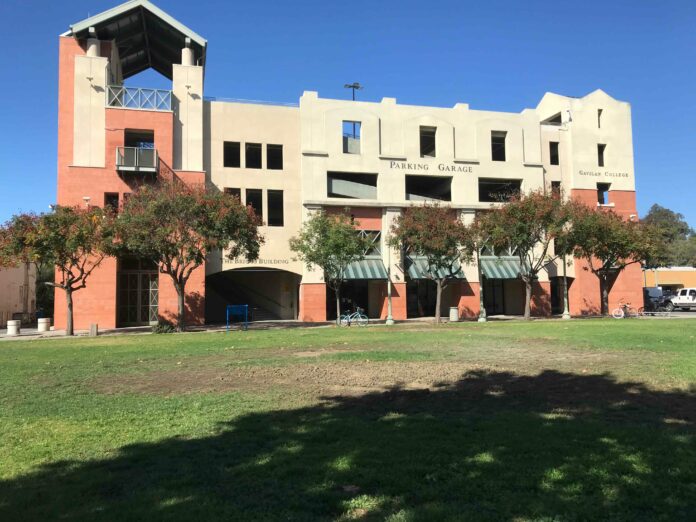With last week’s moderate earthquake hitting the area, it was a reminder about the potential for another big one in San Benito County.
Kevin O’Neill, manager of San Benito County’s Office of Emergency Services, provided an overview of a prospective response in the event of a larger earthquake in the area following last week’s magnitude 3.9 temblor.
“So what we do is follow what’s called an ‘all-hazards approach’ to any kind of emergency whether it be fire or earthquake or hazardous materials,” O’Neill told San Benito Live.
He said every type of hazard has the same basic components.
“However, we modify it and expand that response based on the specifics of the event. For example, it’s really hard to say what we would do in the event of an earthquake because another Loma Prieta earthquake would be different than a 7.0 (quake) in Hollister.”
That’s because Loma Prieta was centered in the Santa Cruz Mountains.
He said his office would be responsible for an emergency operations center as a central depository of information and documentation, while the emergency operations center would be comprised of stakeholders from across the county. By following what’s called a standardized emergency management system, he said that standardizes how all counties follow the all-hazards approach.
“It’s laid out so that people are doing what they do in their normal jobs in a disaster,” O’Neill said. “We pull from people’s specialities and people’s training and discipline.”
He said disasters inevitably come with shortages of resources, so that’s always something to balance.
“Any fire department, any police department that has an adequate amount of staff for a 7.0 earthquake, we would be talking about taxpayer waste,” he said. “We have to make tough decisions and prioritize where resources go. It is determining where the greatest need for those resources are.”
The emergency operations center also handles tracking of finances, which he called “very important” due to cost recovery needs when funding would become available through the state or federal government.
“Because we still have to follow purchasing guidelines, being fair when it comes to spending taxpayer money,” he said.
He said the all-hazards approach more specifically has to do with “adapting the response with the needs” and includes executive-level employees such as the county administrative officer, board chairman and Hollister mayor.
Using the fire department as an example, he said the agency would have a seat in the emergency operations center. The center would take a “35,000-foot view” of a disaster.
“That’s what the emergency operations center does,” he said. “It gives information, awareness to people on the ground.”
That doesn’t mean the center tells staffers how to do their jobs.
“We give them the information and the tools to do what they need to do,” he said.
One of the most important factors in a disaster response, meanwhile, is the level of preparation in individual homes, he said.
“The thing we see year after year, disaster after disaster, and this is nationwide, is that positive outcomes come more often for people who are prepared in their homes,” he said.
He said families with a plan, who talk about what to do in the event of a disaster — such as planning for non-perishable food and water needs — are better off.
“The more people we can sort of check off the list,” he said, “the easier it is for us to help the people who really need the help.”
O’Neill pointed to Ready.gov as a helpful resource for disaster preparedness.
Even though last week’s earthquake was relatively small compared with the Loma Prieta, agencies like the Hollister Fire Department had an immediate reaction to ensure responders were prepared just in case.
“I had everybody pull out the engines,” Battalion Chief Kenny Melin said. “Most captains and the station guys know to pull out the engines right away when we get an earthquake. Right after that, we usually follow up with a radio ringdown” to check on radio communications reliability.
In the event of a big earthquake, Melin said the fire department’s response is going to “be a lot of triage calls” — meaning the agency has to make decisions on priorities with rescues, gas leaks and the like.
“That’s kind of where the neighborhoods got to kind of take care of themselves for a little bit. It’s going to be chaos,” he said. “There’s no set plan because there’s no way to set that plan.”
He said the fire department would call in all available resources, and noted how it would check with entities such as the hospital and chemical companies to “make sure everything’s all right.”
He said an incident command center would oversee what he called “controlled chaos.”
First and foremost when the ground starts shaking, though, is taking care of those engines.
“If the doors jam, we can’t get the engines out of the building so we’re useless,” Melin said.
Photo caption: The 400 block of San Benito Street was devastated by the 1989 Loma Prieta earthquake.




